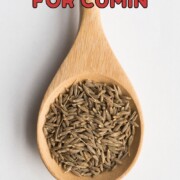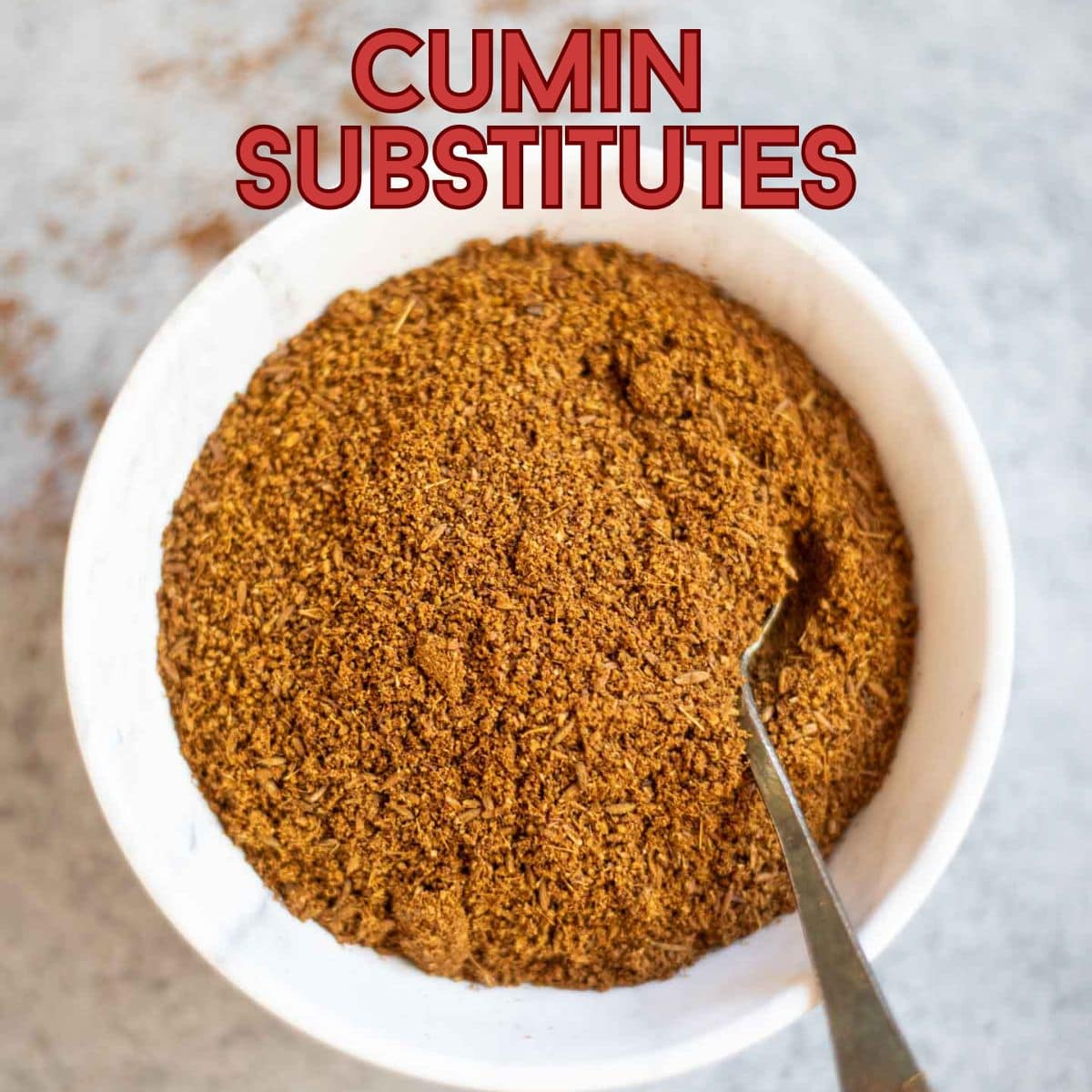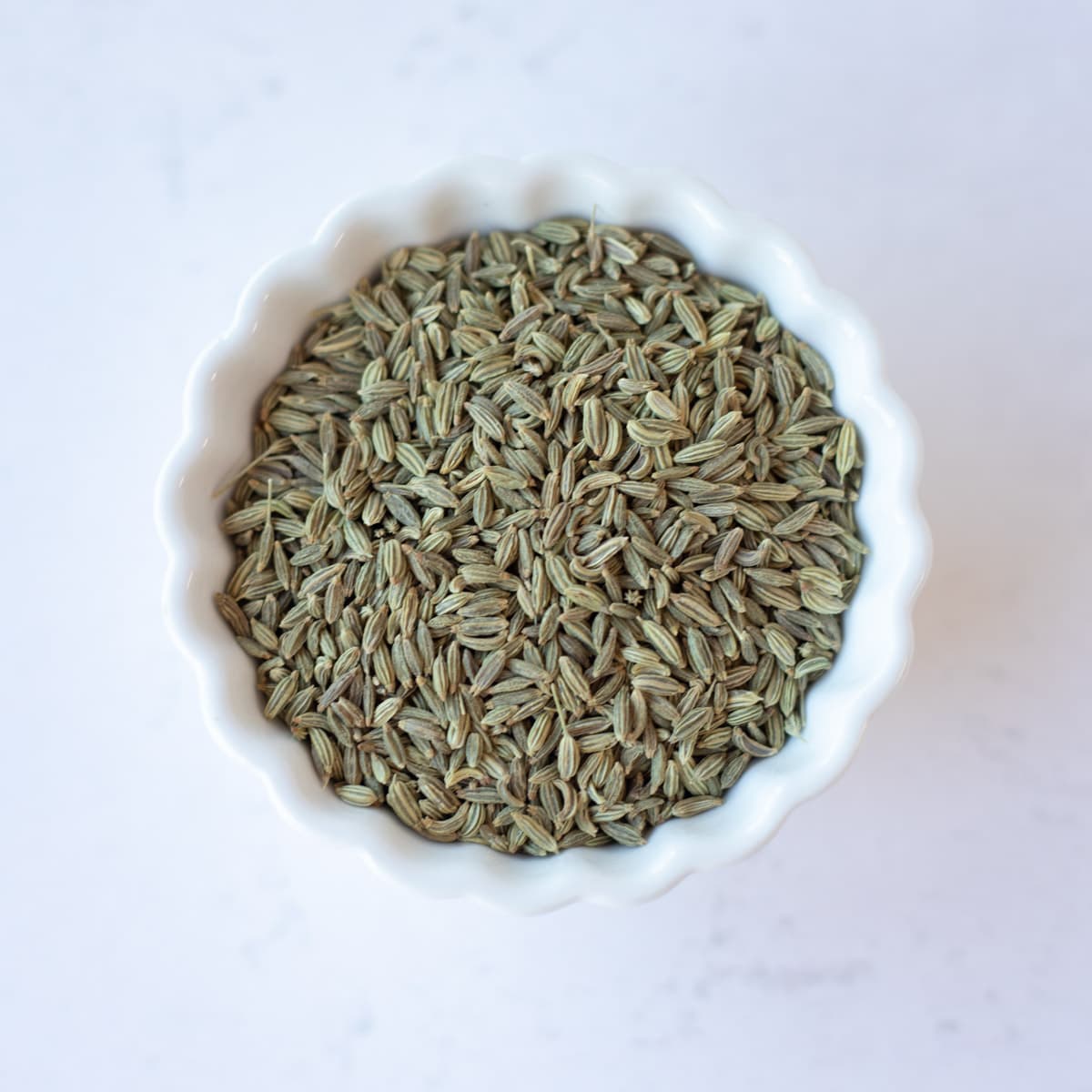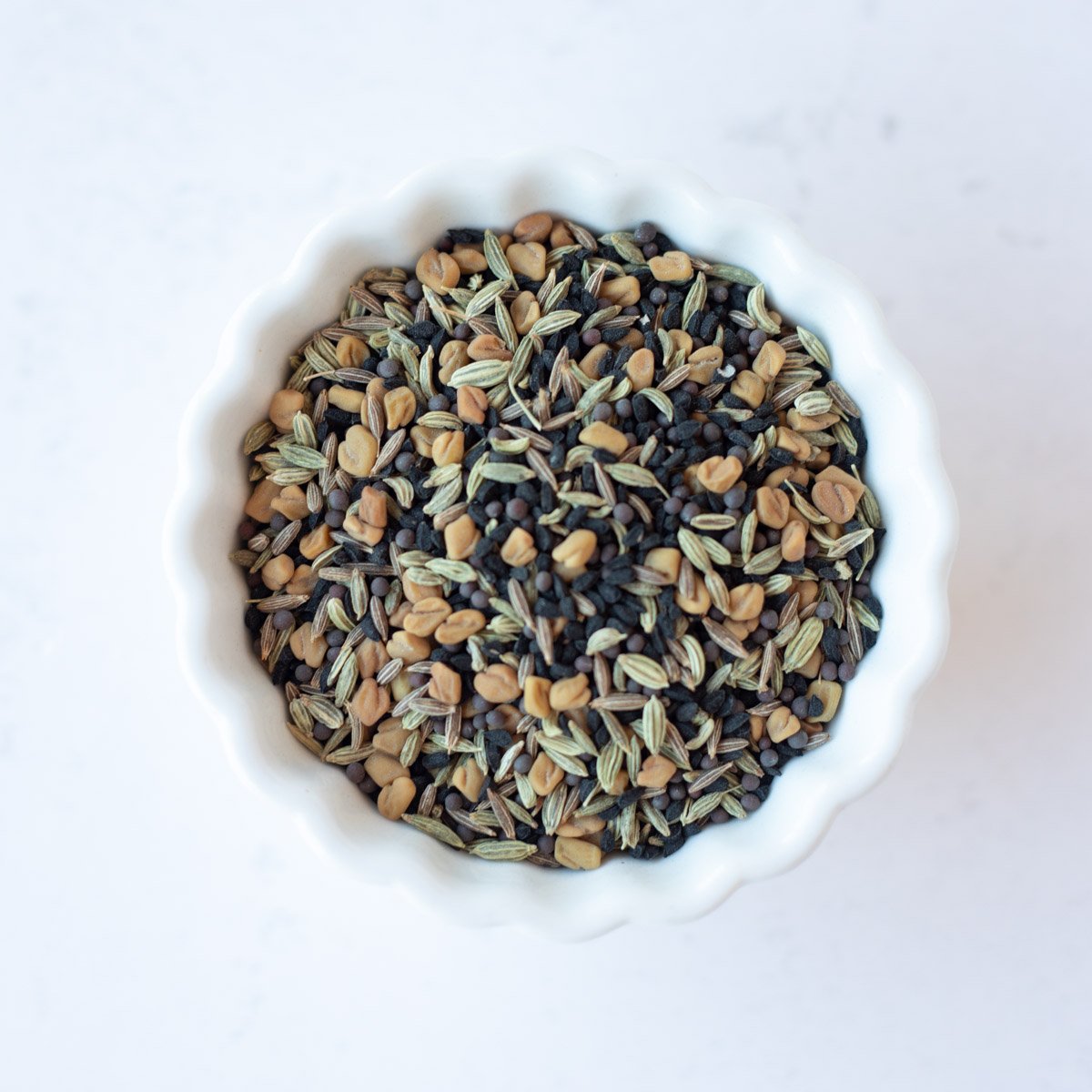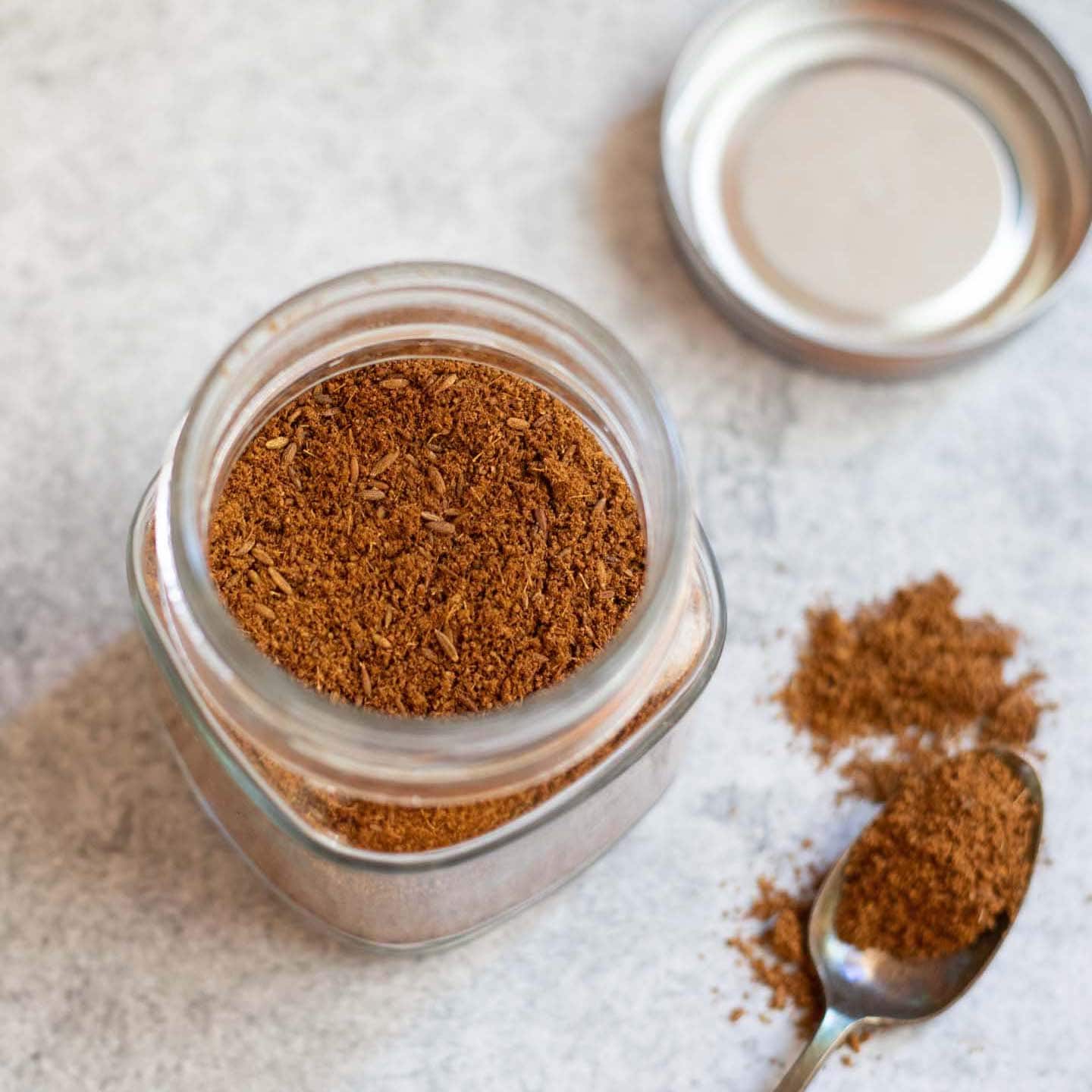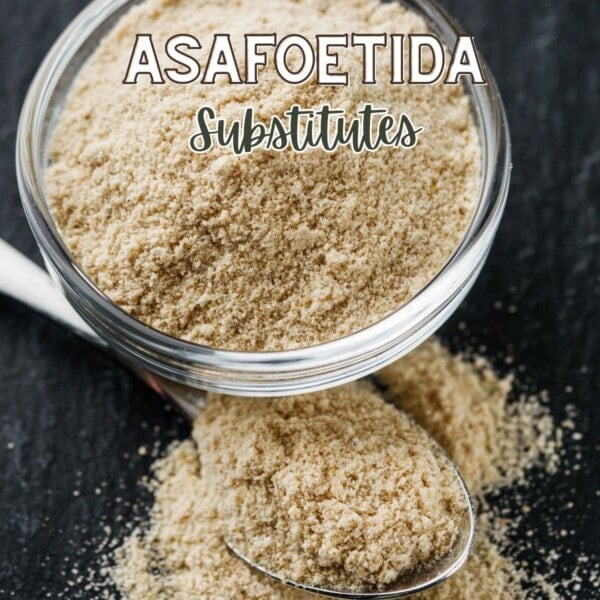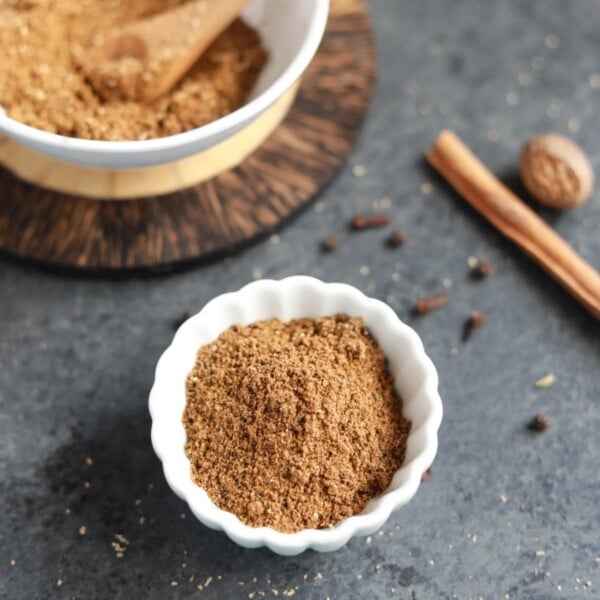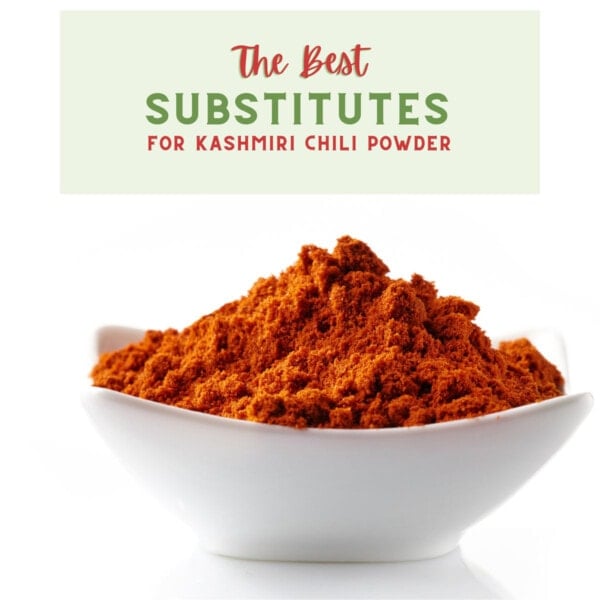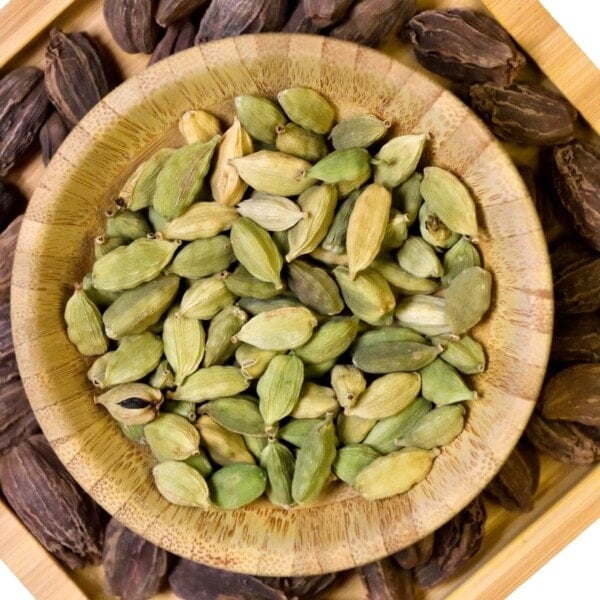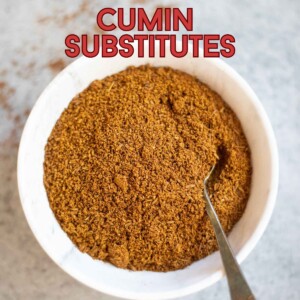Cumin has a special flavor – it’s warm and earthy with a bit of bitterness. It’s used in two forms: as whole seeds or ground into powder. Knowing how to use it right can make a big difference in your cooking. However, what happens when you find yourself out of this essential ingredient? Fear not—this blog is your guide to discovering alternative spices that can seamlessly replace cumin in your creations and help you better understand cumin—from its taste to how to store it properly.
What is Cumin?
Cumin, scientifically known as Cuminum cyminum, is a flowering plant originating from the eastern Mediterranean and parts of Asia. It is grown for its seeds, which impart a warm, earthy flavor with a subtle bitterness. Cumin seeds look like caraway seeds but are a bit longer and boat-shaped. Cumin is a key ingredient in many dishes and is widely used in cuisines such as Indian, Middle Eastern, Mexican, and North African. Cumin has a history of traditional medicinal use, attributed to its potential antioxidant and anti-inflammatory properties, particularly for digestive issues (see more health benefits).
What Does Cumin Taste Like?
Cumin has a special taste that’s warm and earthy, with a hint of bitterness. People often describe it as a mix of flavors, like a mild pepperiness. Because it has a strong taste, we use it in small amounts to add complexity to dishes.
Cumin Seeds vs. Cumin Powder
Substitutes for Ground Cumin & Cumin Powder
As cumin is such a wonderful and aromatic spice, it is used frequently in many recipes. But it is often that you might not have it in your pantry or you run out. In such cases, check out this handy list of alternatives you can use for ground cumin. You can also use a blend of some of the below substitutes to get the best replacement for cumin in a dish.
Garam Masala
Garam masala is an Indian spice blend that can be used instead of cumin, although it’s not as common in the United States. Like curry powder, it contains cumin. It also contains other spices, such as cardamom, cloves, cinnamon, black pepper, and nutmeg. This gives a rich and spicy flavor similar to cumin. To substitute, use half a teaspoon of garam masala for every teaspoon of cumin.
Ground Coriander
In some cumin recipes, you can use ground coriander to replace cumin powder. Even though the flavors aren’t exactly the same, ground coriander has a similar earthy taste. Remember that ground coriander is milder and a bit sweeter than cumin seeds. So, adjust the amount based on your taste.
Chili Powder
Here, I am referring to the chili powder blend usually sold at grocery stores in North America, and not red chili powder, which is made from whole dried red chili.
Cumin powder is usually an ingredient of chili powder, so it can be used in place of ground cumin. Remember that chili powder, containing paprika and cayenne, might add a reddish tint to your dish.
While chili powder and cumin share some similarities in flavor profile, they are distinct spices with different taste profiles.
If your recipe requires 1 teaspoon of cumin but you’re substituting it with chili powder, you should use half the amount of chili powder, which would be ½ teaspoon.
Taco Seasoning
Taco seasoning can substitute cumin seeds when you’re looking to add a similar flavor profile to your dishes. It is a blend of spices, including chili powder, cumin, garlic powder, onion powder, paprika, and sometimes herbs like oregano or red pepper flakes, which offers a complex, savory flavor for traditional Mexican cuisine. When using taco seasoning as a substitute for cumin seeds, adjust the amount based on the strength of the seasoning blend and the desired flavor intensity in your dish. Whether you’re preparing Mexican-inspired recipes like enchiladas, burritos, or quesadillas, or looking to spice up dishes like soups, stews, or marinades, taco seasoning can be a convenient and flavorful option to enhance your food.
Curry Powder
Curry powder contains a blend of spices such as coriander, turmeric, fenugreek, and sometimes cumin itself, so it may alter the overall flavor profile of your dish. It can also alter the color to yellowish, as turmeric is a key ingredient in curry powder. This powder is a great substitute for cumin in Southeast Asian dishes. Curry powder can be used as a substitute for cumin due to its warm and earthy flavor profile. When substituting curry powder for cumin, start by using half the amount of curry powder compared to the cumin called for in the recipe.
Paprika
Paprika has a sweeter, less earthy taste compared to cumin. If you’re using paprika as a substitute, start with half the amount of paprika compared to the cumin powder and later adjust to taste. Paprika also adds a reddish color to dishes, which can affect the appearance of your final dish.
Substitutes for Cumin Seeds
Cumin seeds are frequently used in Indian cooking. They are usually added to hot oil at the start. This process is called tempering and helps to release the aroma and flavor of the cumin seeds. However, as someone who shares a lot of Indian recipes, I do get this question a lot about what to substitute for cumin seeds. Although there is no perfect flavor substitute, here are a few options.
Caraway Seeds
Caraway seeds are characterized by a subtle sweetness and a pungent, almost anise-like flavor, setting them apart from cumin seeds’ earthy and slightly bitter taste. While both spices belong to the same botanical family, they offer distinct taste experiences. While caraway seeds can provide a similar aromatic quality to cumin seeds, they won’t replicate the exact flavor profile. However, their inclusion can add an intriguing depth to dishes such as soups, stews, bread, or roasted vegetables. I suggest using half the amount of caraway seeds to substitute cumin seeds in a recipe.
Fennel Seeds
Fennel seeds can serve as a substitute for cumin seeds in some recipes, particularly those where their similar aromatic and slightly sweet flavor profiles would complement the dish. When using fennel seeds as a substitute for cumin seeds, consider using them in smaller quantities to avoid overpowering the dish with their unique flavor. Notably, fennel seeds have a distinct licorice-like taste that sets them apart from cumin seeds, which have a more earthy and slightly bitter flavor.
Panch Phoran, aka Indian Five-Spice Mix
Panch Phoran is a traditional spice blend consisting of equal parts of five whole spices: fenugreek seeds, nigella seeds, cumin seeds, black mustard seeds, and fennel seeds. While cumin seeds are one of its components, the blend offers a unique flavor profile with a balance of earthy, nutty, and slightly bitter notes and hints of sweetness from the other spices. When substituting Panch Phoran for cumin powder, consider that the flavor will be more complex due to the combination of spices. Panch Phoran can add depth and richness to a variety of dishes, including lentil curries, vegetable stir-fries, rice dishes, and soups.
How To Make Cumin Powder?
If you have cumin seeds and run out of cumin powder. Then, you can make cumin powder in just 10 minutes. If you are planning to use cumin powder for cooking, then you can just grind the cumin seeds in a spice grinder. Then, use the ground cumin powder in the recipe. If you want to make roasted cumin powder, which is often used as a garnish or ingredient in a dish that is served cold, such as salads or Indian chaat recipes. Here is the most authentic way my mom makes roasted cumin powder: Here is the link to the full recipe.
How much Cumin Powder for 1 teaspoon of Cumin Seeds?
Typically, you would use less ground cumin powder than whole cumin seeds when converting between the two, as the ground cumin powder is much more potent than the seeds. 1 teaspoon of whole cumin seeds is roughly equivalent to about 1/2 to 3/4 teaspoon of ground cumin powder.
Final Thoughts About Cooking with a Substitute for Cumin
In conclusion, using substitutes for cumin in cooking can offer creativity in your dishes. Remember, in the world of cooking, experimentation is not just encouraged but celebrated. So, don’t hesitate to venture into new flavors and find the perfect cumin substitute that elevates the flavor of your dish. Happy cooking!
Substitutes for Asafoetida
The Best Garam Masala Substitute
Kashmiri Chili Powder Substitute
Paneer Substitutes
Cardamom Substitutes
